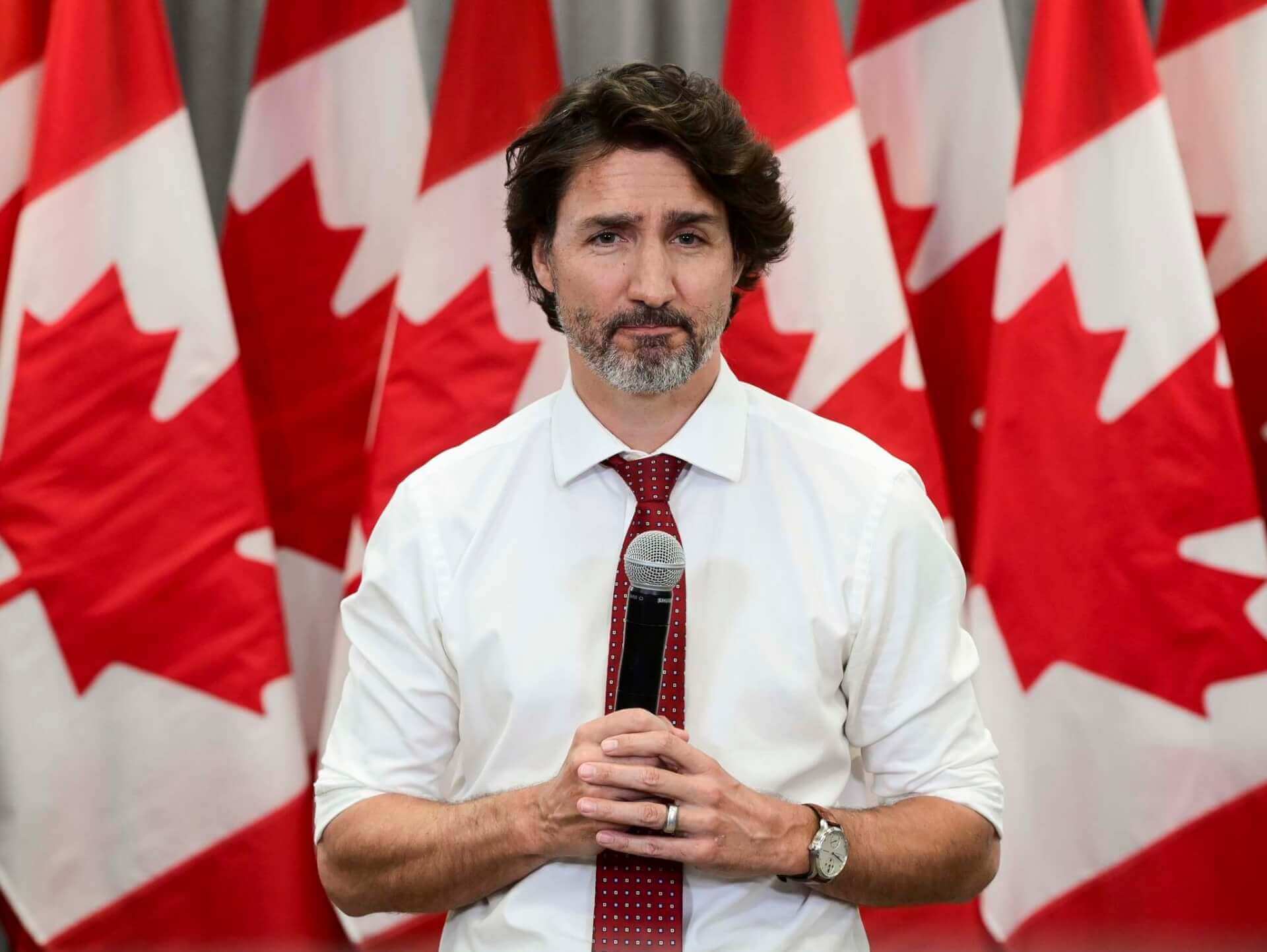Marta Hurtado, a spokesperson from the United Nations (UN) Human Rights Office, has called on the Canadian government to launch an investigation into the deaths of Indigenous children at former residential schools. This follows the discovery of the bodies of 215 Indigenous children at a former residential school in Kamloops, British Columbia.
Hurtado said that this event, which she said is “shocking and reopens painful wounds,” underscores the need for Ottawa to launch “prompt and exhaustive investigations” into all unmarked graves. She opines that Indigenous communities and families can only truly begin the process of healing once they receive full information about missing or dead family members. The UN official remarked that this must be followed by compensation, apologies, memorials, and rehabilitative services as “cornerstones for reconciliation.”
Hurtado went on to say: “Historic abuses against Indigenous children in government-run educational and health institutions continue to affect the lives of Indigenous communities. The intergenerational impacts deriving from them continue to be significant, including at the linguistic, economic and cultural level.” She added, “Lack of exhaustive clarification and access to truth and redress for what happened during this dark period compounds this.”
The latest discovery came to light after the chief of the Tk’emlúps te Secwépemc, Rosanne Casimir, announced last week that the bodies of 215 children had been found at the site of the former Kamloops Indian Residential School.
During a parliamentary debate in the House of Commons on Tuesday, Canadian Prime Minister Justin Trudeau acknowledged that the findings in Kamloops show that there may be others who have “yet to be found in other places.” Lamenting the “terrible loneliness” and “unthinkable abuse” these students suffered at these schools, Trudeau said that fact that so many children were robbed of their lives is “the fault of Canada.”
He added, “Sadly, this is not an exception or an isolated incident … We have to acknowledge the truth. Residential schools were a reality. A tragedy that existed here, in our country. And we have to own up to it.”
Trudeau said that he plans to speak with Crown Indigenous Relations Minister Carolyn Bennett, Indigenous Services Minister Marc Miller, and Minister of Northern Affairs Dan Vandal about how to address the issue. This, he said, would include “closing the socioeconomic gap”, supporting survivors of residential schools, and settling land claims disputes.
Furthermore, Bennett announced that $27 million has been set aside to “uncover unmarked graves at former residential schools across the country.” She said that the funding would be directed towards “establishing the registries for deaths, burials, and cemeteries.” Bennett added that it would also “support Indigenous partners and communities in developing community plans, conducting research and gathering local knowledge, accessing professional archaeological investigation services to identify and delineate burial sites, and to memorialize, commemorate and return their loved ones' remains home.”
From 1863 to 1996, over 150,000 Indigenous children were forcibly removed from their families and placed in residential schools, where they were often not allowed to speak their language or practise their culture, in what was an effort to make them assimilate to what the government considered to be Canadian culture and national identity. Many of the children were physically and sexually abused, malnourished, and lived in poor housing conditions that led to infectious diseases.
Keeping this in mind, the 2015 Truth and Reconciliation Commission (TRC) Report, which was released after seven years of research, determined that the policy was “cultural genocide.” It is estimated that between 4,100 and 6,000 children died while attending these schools, though the fact that there are so many unmarked graves means that there could be many more who died. For instance, the TRC report had only recorded the deaths of 51 children at the Kamloops residential school, well below the 215 bodies that were discovered last week. The TRC also recommended 94 calls to action that centre around healing, compensation, and reconciliation, but the majority of these recommendations have yet to be implemented.
Aside from the government, the discovery in Kamloops has also drawn criticism of the Roman Catholic Church, given that the school was operated by the Catholic Church from 1893 to 1969. The federal government only took over operational duties in 1969, before closing it down in 1977. In fact, Roman Catholic, Anglican, United, Methodist and Presbyterian churches were often in charge of administering residential school systems, operating around 60% of these schools across the country.
To this end, the Indian Residential School Survivors Society (IRSSS) has called on Pope Francis to “issue an apology to survivors, their families, and communities for the Roman Catholic Church’s role in the spiritual, cultural, emotional, physical, and sexual abuse of First Nations, Inuit, and Métis children in Catholic-run residential schools.”
This episode has left a bitter taste in the mouths of millions of Canadians and not only illustrated the country’s dark and perverse past, but also the fact that it has yet to fully reckon with that past. At the same time, it has also drawn questions about the credibility of Canada’s position as a global advocate and protector of human rights.

